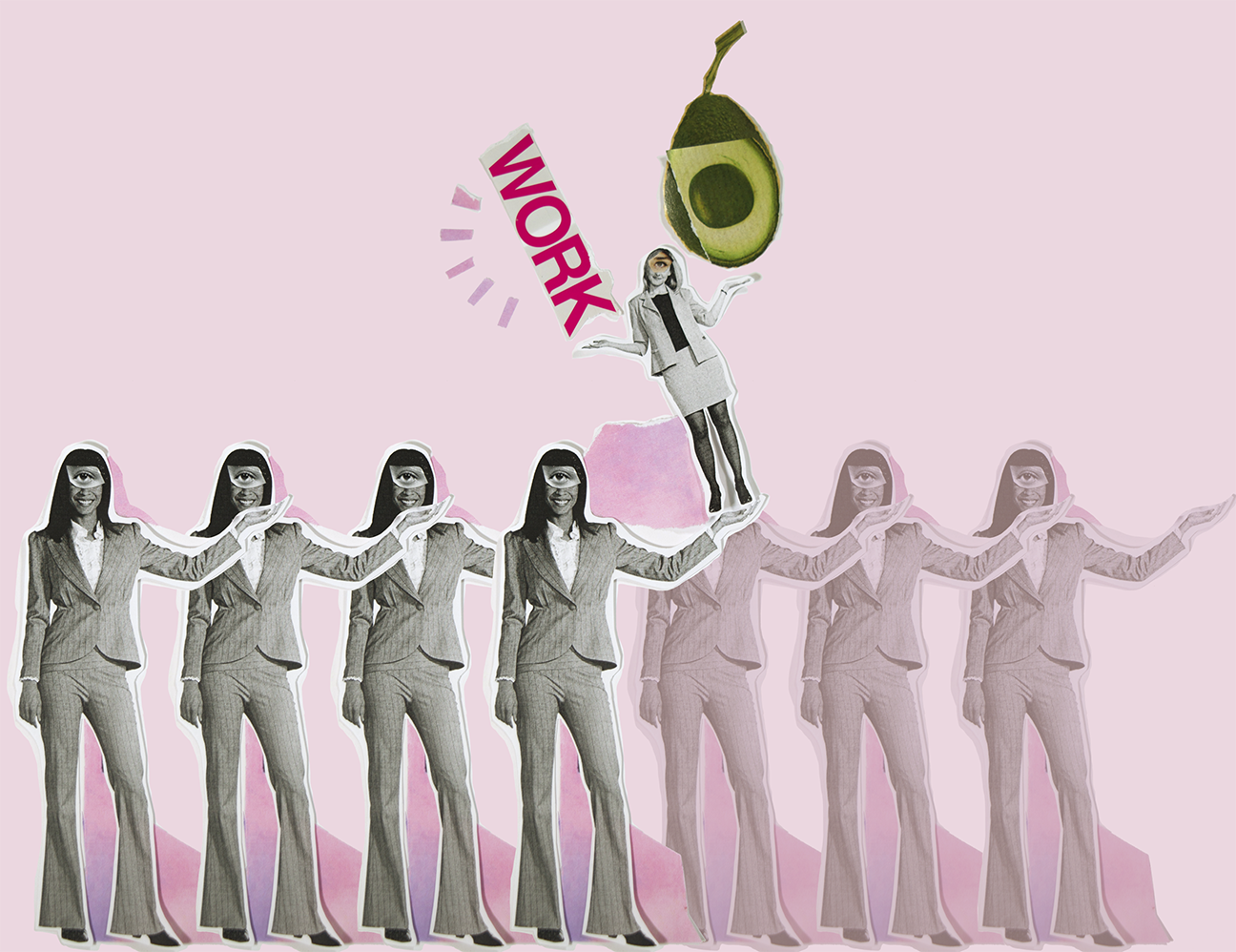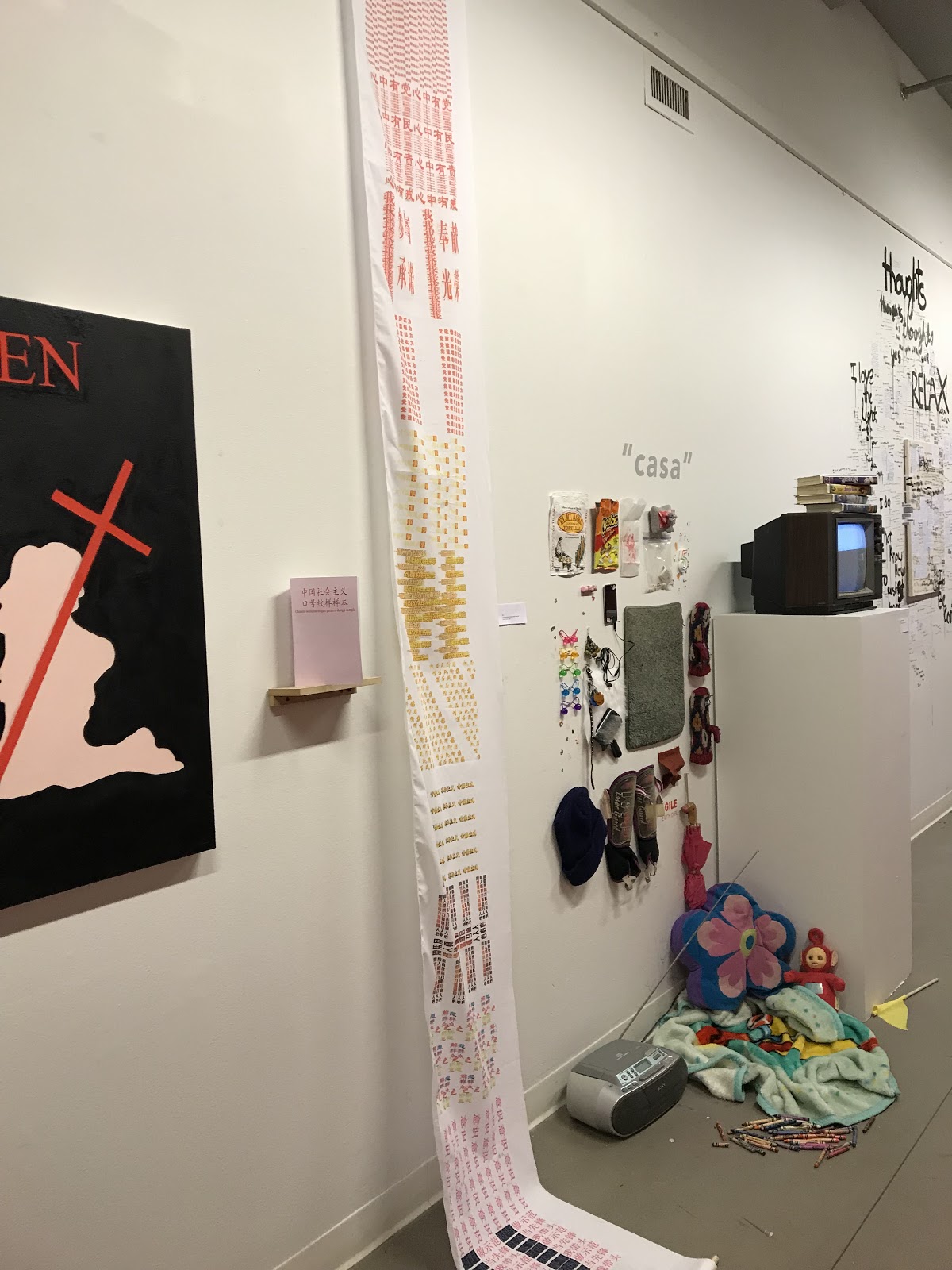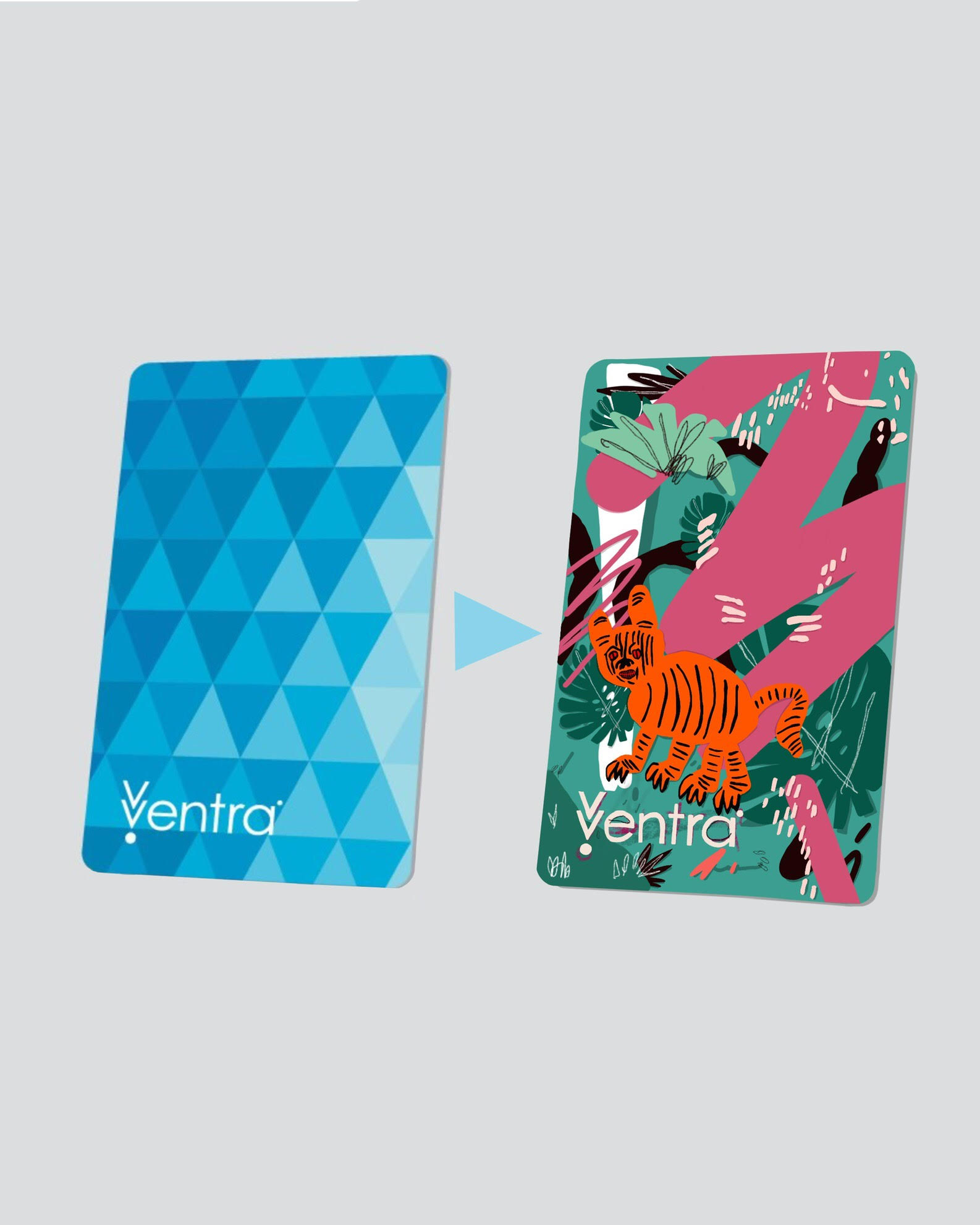
David Heo is a School of the Art Institute of Chicago (SAIC) alum who received his MFA in Painting and Drawing in 2018. Alongside Asha Iman Veal (MAAAP 2017/Faculty Lecturer), he is working on a proposal to the Mayor’s office for a new city-wide release of CTA Ventra cards for 2020 that will showcase works produced by Chicago artists. Over the past two months, Asha and students of SAIC have been working closely with David to approach organizations like the Chicago Transit Board, Ventra, and Young Chicago Authors to achieve this goal. Diya Khurana, Hannah Masters, and Charlie Young recently talked to David to learn more about this project and what it proposes for the city.
Hannah Masters: How often do you take the train?
David Heo: I take it every day. it’s the only way for me to get around because honestly, I don’t know how to drive. But it’s super efficient and really does connect everything. It gets a little tricky when you have to transfer from train to bus and back. But it’s integral in my life.
HM: Is there something about Ventra cards that you find particularly appealing?
DH: No [laughs] — I think they’re cool because their materiality is much better than New York City’s MTA cards. But they’re one of those things that’s mundane and functional, and that’s about it.
Diya Khurana: Can you explain how the idea for this project came about?
DH: It’s been brewing for a while. I went to New York two years ago and when we got our MTA tickets, my friend got a different one from me. I thought that was rad, and I’ve been thinking about it since then. So I decided to draft a mock-up just to see it, and that’s when I realized it could actually work. I really like Instagram. I think it’s a very democratic platform for information, so I made a post about it and from there it kind of spiraled into something bigger. It was cool, but it suddenly got overwhelming because many people thought it was a great idea and reached out. It was truly wild to see this thing, that started as an impulse, actually gain traction.
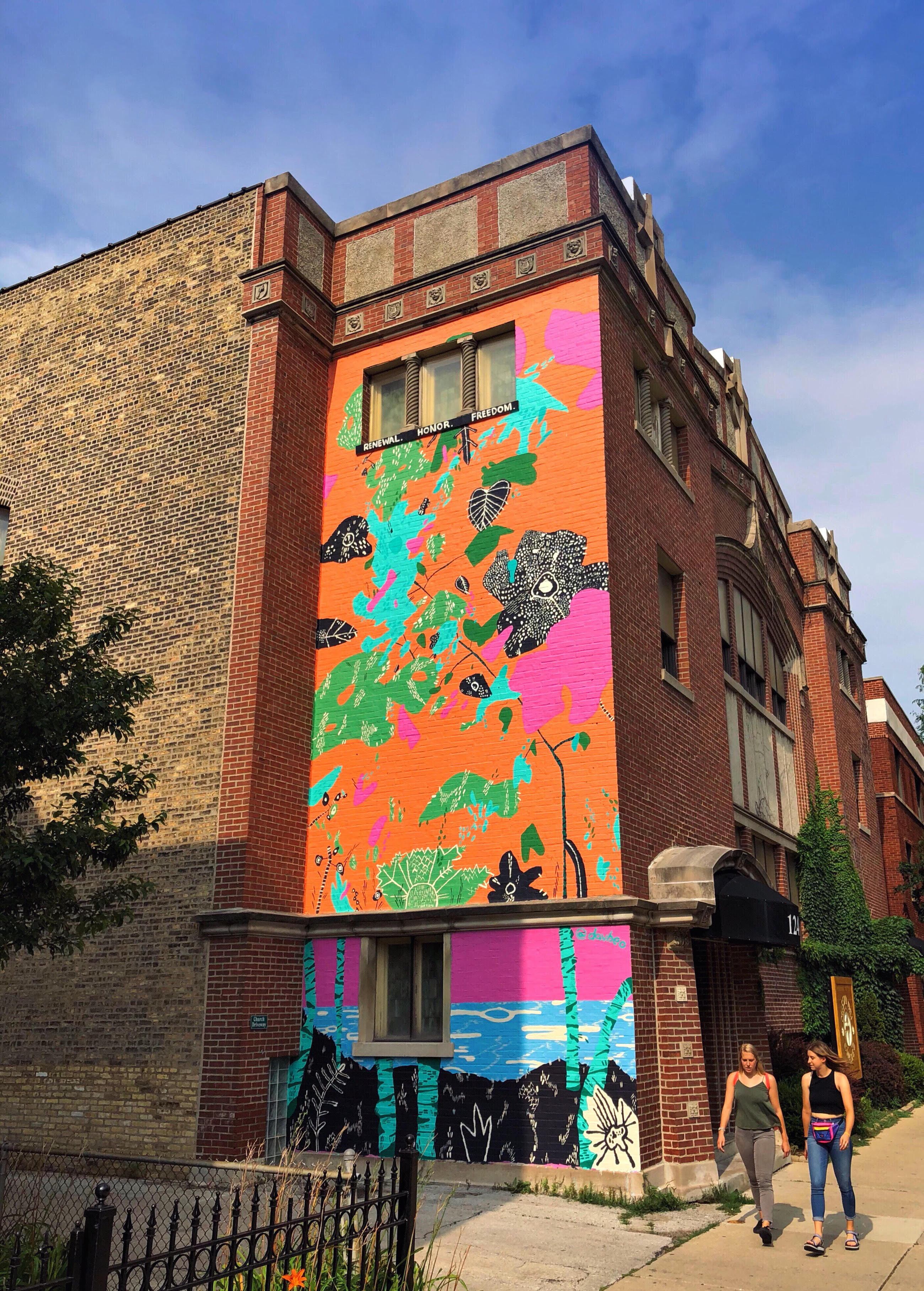
Charlie Young: How does the project aim to support local artists?
DH: What’s unique about Chicago is that it’s such a generous city in terms of affordability, opportunity, and space for expression. There are many different mediums of art that thrive here, and I’m interested in bridging the gaps that exist between these seemingly segregated creative communities. This project aims to push the city to towards acknowledging and highlighting all of these amazing forms of creativity. I like the idea of having this daily reminder for natives, transplants, and visitors about how influential this city really is to its artists. Chicago incubates many great artists, but a lot of them believe there’s nothing to keep them here, so they leave. I think this project would be a great way of showing how Chicago cares about its artists. Instead of seeing this city as only a transient spot, why don’t we participate proactively? That’s what I’m interested in.
DK: Can you talk a little more about how you think this project contributes to Chicago’s artistic communities?
DH: Chicago already has many contributions from the arts. It’s just they’re all in designated places, right? So, for instance, there’ll be an SAIC dominance in one space and another vibe in another space. My contribution is to foster a more open-ended selection of what it means to be a Chicago-based artist. I think it’ll help us all think about how we can relate to one another. For us to think seriously, “What is it about living in this city that informs us as artists?” For example, we all experience this brutal winter together. How does that affect us and our practices? It shifts our work. I want this project to engage a diverse range of people that play in Chicago’s creative arenas and for all of us to be exposed to one another. There are many creative hubs in every neighborhood. It’s all here, we just have to do our part and actually make efforts to engage.
CY: What seems special about this project is that it’s giving existing artists in Chicago a platform to show their work, while also providing something to the public, both locals and visitors alike. How do you think this could add to a larger conversation of the city’s history and contemporary artists living in Chicago?
DH: We know the CTA puts a lot of effort and funding into artists, into beautifying the CTA stations with installations and murals. If the city acknowledges the importance of their artists and the activation of space, why not go further back and examine the one thing every Chicagoan or tourist uses to get to these stations? Why not aestheticize something we don’t think twice about but have every day? I think this gesture is a good reflection of this city in the way that it will make us pay attention to the things that we often overlook. It would help conversationally because there are a lot of holes in this curated narrative of Chicago art. I think this project could bring in or fill some of those gaps of understanding.
CY: I get that. The city of Chicago does seem to promote culture and growth. But are they doing so in the right ways?
DH: Yeah I do believe so, but there are quieter but equally as powerful ways to promote culture without expansion unlike the Lincoln Yards Project. I understand that Chicago wants to become a city of the 21st century, but that shouldn’t translate to, “Let’s make the city more expensive and inaccessible.” Development projects are inevitable, but it doesn’t have to erase a pre-existing neighborhood’s history when it happens. Growth should never happen at someone’s expense. Wynwood in Miami is such a good example of that. That place used to be so different when I was in high school and now, it’s like a set drop and the currency is exposure. It’s become this amusement park for Instagram. We should be thinking on how can we invest in what already exists instead of clearing room for something new. Because if we don’t, I’m pretty sure it’s just called gentrification.
HM: Exactly! But back to your Ventra project — how can artists apply to have their work featured on the cards?
David: So that’s way later [laughs]. Right now, we’re reaching out to the creative sectors in this city to garner support. After some confirmed support, that’s when we all sit down and collectively fine-tune the practical details of this project to propose to the city and its transit board. Once those practicalities are ready, that’s when we’ll open the artist applications.
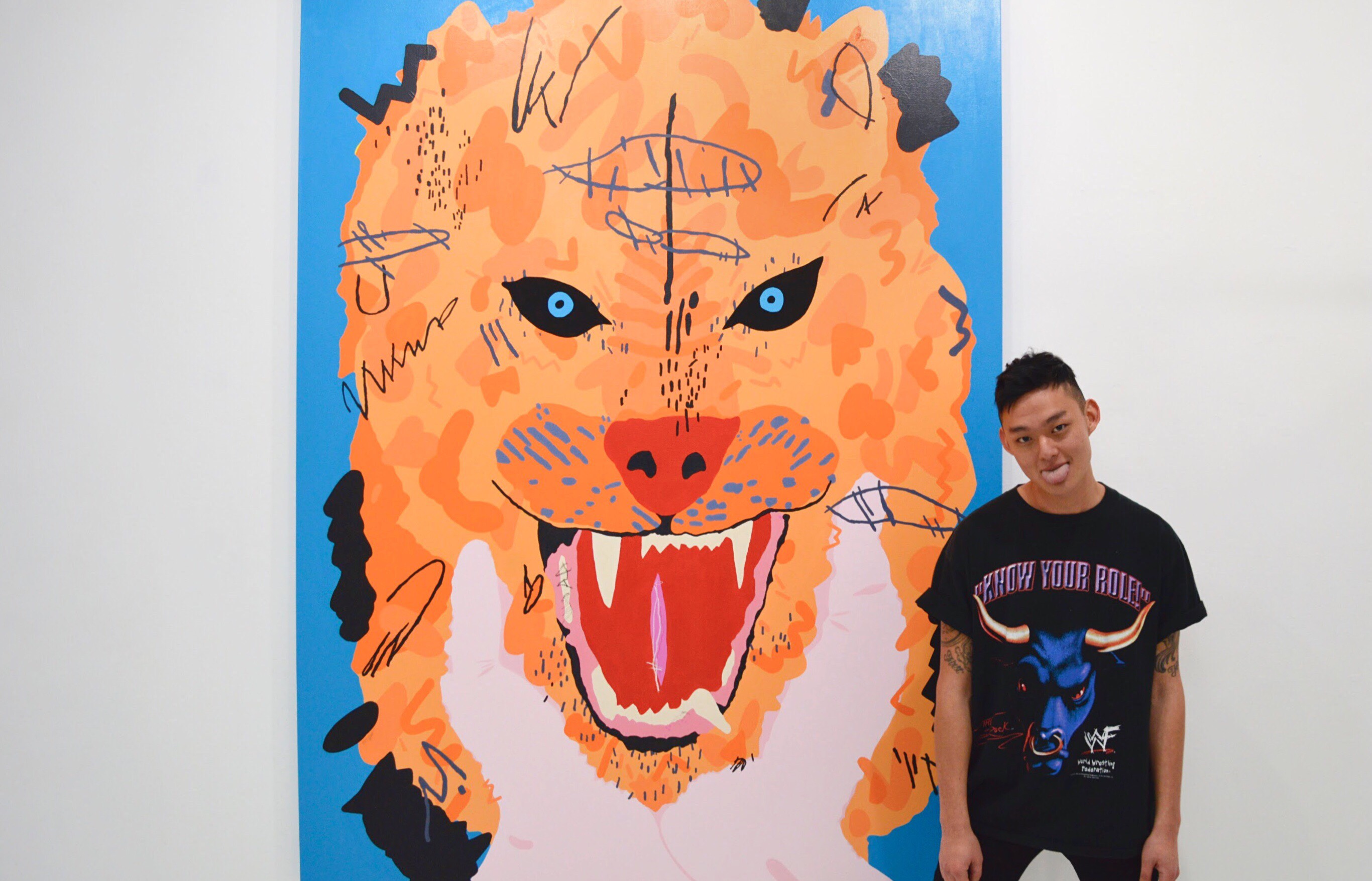
DK: How are you thinking about getting momentum going on this project? Are you looking for support?
DH: Authenticity and sincerity is how I’m choosing partners. Recently, I’ve extended this project to an amazing non-profit organization here named Aoki to partner up with me. They were totally down for it. There’s another organization I really respect and admire, Young Chicago Authors. They have such a vast and genuine investment in Chicago and because they operate in different way than I do in this city, they can really present perspectives that may never even cross my mind. Currently, Aoki and I are in the process of approaching different organizations, individuals, companies, and artists that have invested themselves wholeheartedly in this city and can present different perspectives of it.
DK: It seems like you’re not interested in having big name partners like Artforum.
DH: Yeah, I’m more invested in finding real people in Chicago that are for Chicago. So we’ve been thinking about ways to pull in local organizations and businesses that have roots here or have influenced the social-scape. I want this project to really highlight and celebrate what this city is creating. It’s funny because we’re talking about all of these heavy notions but these tiny Ventra cards will be the platform that to carry all that weight. This totally goes back to what we were talking about earlier [laughs], there are quiet but powerful ways to promote culture without expansion.
HM: Aside from this, we noticed you have so much other things going on, is there anything else you want to mention before we end?
DH: Yeah probably [laughs] but that’s for another time.



